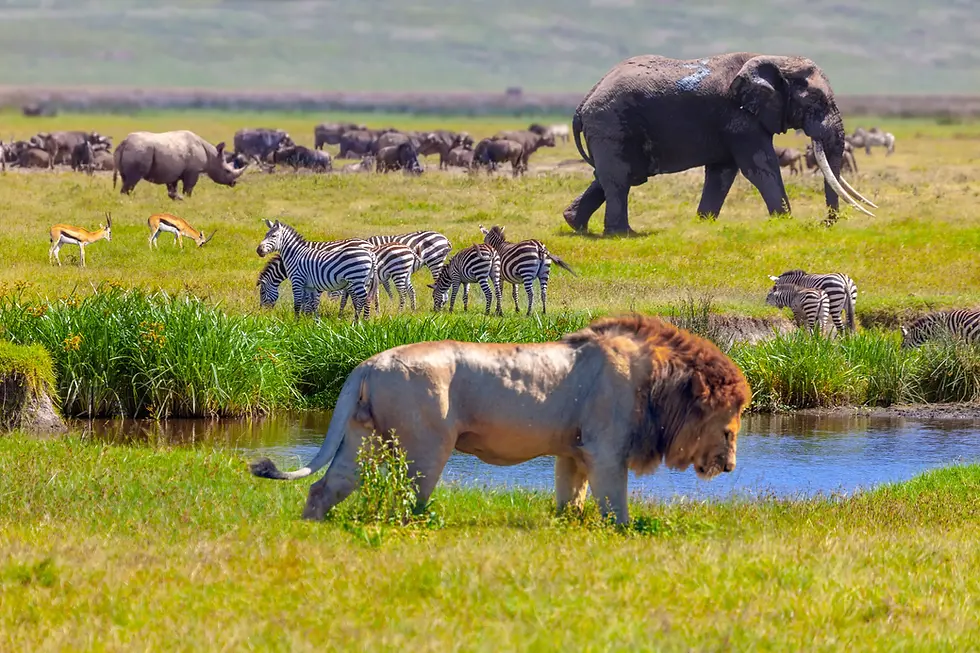Ocean Acidification
- Sampurna Chakravorty
- May 26
- 2 min read
Climate change is causing rapid shifts in biodiversity in many of Earth’s biomes, and ocean acidification(OA) is one of the ways our marine ecosystems are being altered. OA is the lowering of the ocean’s pH as a result of a higher CO2 concentration. The ocean absorbs a large portion of CO2 from the atmosphere, and climate change exhibits an uptick of CO2 emissions, which make their way into the ocean. This disrupts the various marine species that are used to a more basic pH level and are unable to adjust.
The ability for an organism to adjust or adapt to acidification is a trait, and organisms have many of them. A higher diversity in traits implies more biodiversity. A 2024 study analyzed marine biodiversity in four reefs around CO2 vents in the ocean and illustrated the loss of complexity in ecosystems as a result of acidification. For example, the study displays how the coral Astroides calycularis contains fewer polyps, a thinner tissue layer, and changes the shape of its growth from branched to encrusting. This new pattern coincides with saving energy. This suggests ocean organisms are prioritizing their survival over reproducing and continuing the species as is to survive the changing ocean conditions. Other marine traits such as filter-feeding, calcifying structures, and slow-growth rates decreased as well, further proving this phenomenon. Aspects of the ecosystem besides the organisms shifted as well. Ocean habitats, as in the locations organisms in the marine ecosystem interact, decreased in their overall complexity as a result of ocean acidification.
This study is a great step in acknowledging the extent of climate change’s impact on our oceans, but there is more work to be done in finding more robust data. Oceans are tied not just to our environment but to economies and cultures, so it is important to conserve them, and that is possible with research such as this.
Sources:




Comments